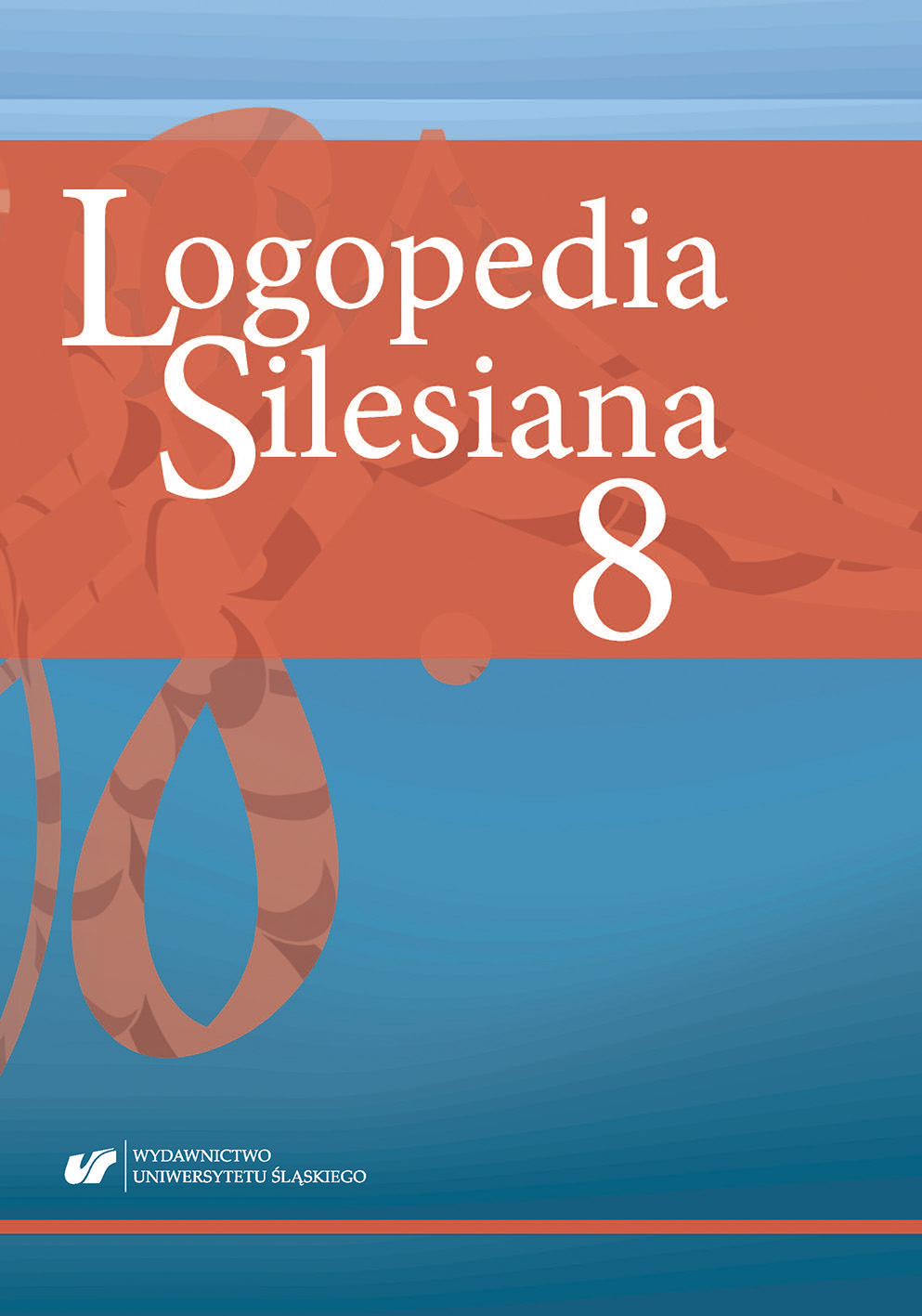

 https://doi.org/10.31261/LOGOPEDIASILESIANA.2019.08.05
https://doi.org/10.31261/LOGOPEDIASILESIANA.2019.08.05
The author of the article tackles the problem of human language grammar from the point of view of several scientific disciplines: theoretical and mathematical linguistics, psycholinguistics, and neurolinguistics. The subject of the work is a grammar parser, and, especially, the limitations imposed on its structure and function by such factors as: the brain and the mind, the computer and the programme.
Download files
Citation rules

No. 8 (2019)
Published: 2019-12-22
 10.31261/LOGOPEDIASILESIANA
10.31261/LOGOPEDIASILESIANA